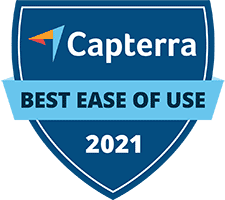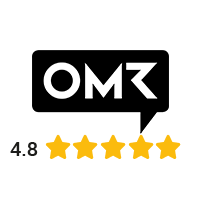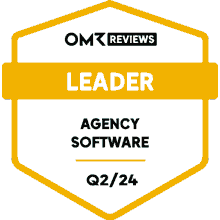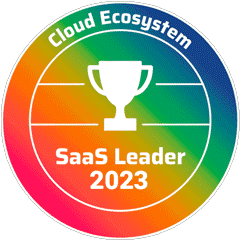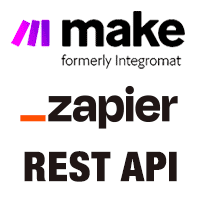Article from
7 Tips for Successfully Implementing a Web-Based Agency Software
Introducing agency software is not something to be done on the side. It is important to schedule time for it and to involve the employees in the decision-making process as much as possible. The following systematic approach supports the decision-making and implementation process.
 English image not yet available...
English image not yet available...1. Open Communication and Involving Employees
The top rule is to communicate the introduction of agency software early and transparently to all employees. The reasons should be explained, as well as the advantages over the current situation. Only when everyone has had the chance to raise objections and ask questions, will the chosen solution gain the necessary acceptance.
2. Making a Preliminary Selection
There are numerous software solutions with varying levels of functionality. Sometimes less is more. A few solutions are preselected based on necessary criteria. When examining the different solutions, it is crucial not to judge them solely on fact sheets. Experience reports circulating on the internet should definitely be checked for their current relevance. An assessment from 2010 can hardly be representative today.
Moreover, each agency works a bit differently. What works for one may not suit another.
Therefore, it is fundamental to scrutinize the system through a personal demo access. According to manufacturers, every solution is simple nowadays.
Therefore, it is fundamental to scrutinize the system through a personal demo access. According to manufacturers, every solution is simple nowadays.
3. Proceed Slowly
It carries unnecessary risks to use every function of the new agency software from day one. This can cause you to lose sight of the essentials and risk not setting up the basic things properly. There is no right time for implementation – even though it makes the most sense at the beginning of a new fiscal year. However, one should not feel pressured just because the first few months have passed. More important than when is the how.
4. Clarify Imports, Number Ranges, and Designations (1st Week)
Importing customer data and defining number ranges makes sense as the first concrete step for a seamless transition. If data already exists from previous systems, it is best to import it or have it imported. Most manufacturers offer individual support here.
When setting up projects, it is important to coordinate how to handle naming in general to avoid chaos. Next, it is ideally time to familiarize oneself with the first processes such as proposal and invoicing.
When setting up projects, it is important to coordinate how to handle naming in general to avoid chaos. Next, it is ideally time to familiarize oneself with the first processes such as proposal and invoicing.
5. Gather Experiences and Compare (2nd – 4th Week)
Now is the time to involve more and more users in working with the new software. User rights can still be handled very restrictively here to avoid overwhelming anyone. Simple time tracking is sufficient to get everyone "on board". Now it's time to gather experiences and review decisions from the first week. In practice, various project situations arise that could not all be considered at the beginning. Ideally, even special cases can be represented (more or less pragmatically) with the software.
6. Next Level: Using Additional Functions (2nd – 3rd Month)
Having already spent intensive time with the first steps, now is the time to familiarize oneself with additional functions of the software. Some solutions also offer task management, resource planning, profitability evaluations, and nowadays, such important integrations into other products.
7. Utilize Offered Support
With the experiences of the first four weeks, a good foundation has been laid. However, one does not have to work through everything on one's own. Many providers offer good support that quickly clarifies important questions and avoids unnecessary frustration.
